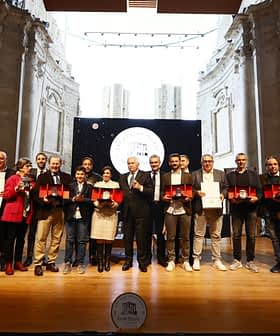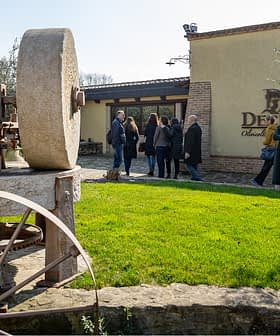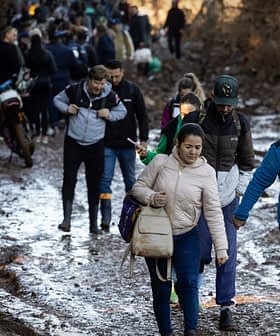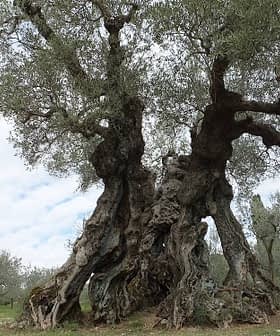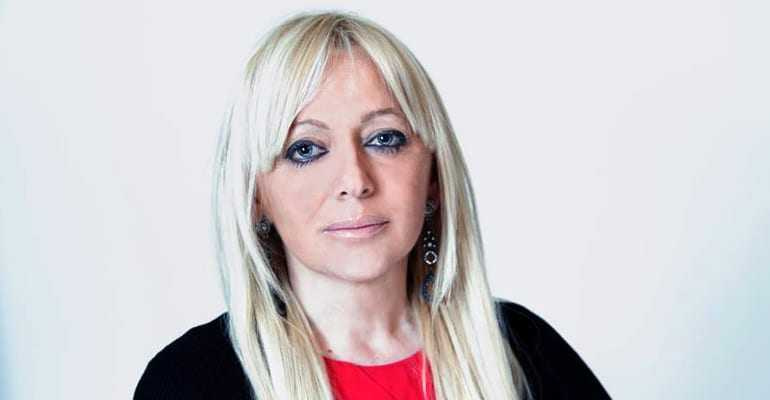
Due to climate conditions and to the massive presence of parasites and olives flies, Umbria’s olive oil production will suffer a dramatic loss, that in some areas could reach 80 percent. Considering the seriousness of the situation Sandra Monacelli, member of the Regional Council of Umbria, and representative of the UDC (Union of Christian and Centre Democrats) party, officially asked for the Region’s intervention.
Umbrian olive growers and producers are victims of a real natural disaster, Monacelli said in the point of order that she presented at the Regional Council. She asked to illustrate which initiatives are being planned to support farmers, involving the national governing body as well.
See Also:Complete Coverage of the 2014 Harvest
“In 2014, Umbria is facing a drastic fall in olive oil production compared to last year, due to the unfavorable weather conditions of last winter and summer, ” she reported. “As a consequence, the groves have been attacked by insects and parasites such as olive fruit fly and olive moth. This caused huge damages and a further, considerable decrease of production that has been overall estimated to be around 60 percent with 70 – 80 percent peaks in certain areas, while some farmers lost the whole production. The production loss also entailed a deep impact on job levels, considering the remarkable reduction of seasonal workers’ hiring and of revenues for the linked industries.”
According to Coldiretti’s records quoted by Monacelli, in Umbria there are around 7.5 million olive trees, covering over 27,000 hectares. The annual average olive oil production is around 9,900 tons, 10 percent of which is certified as DOP.
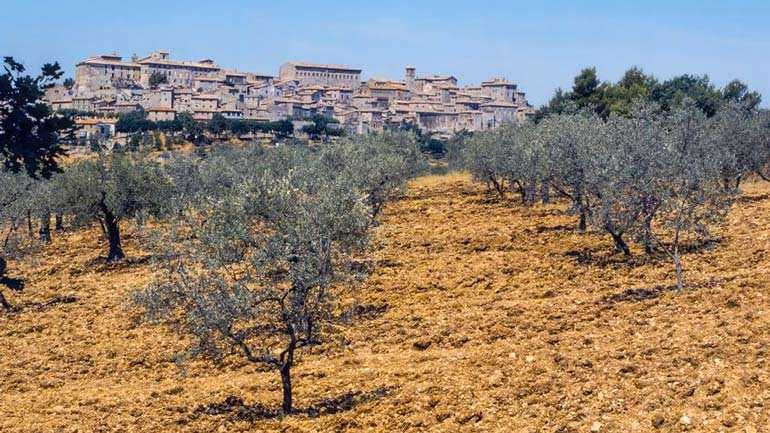
However, the productive loss does not necessarily mean a drop in quality as well. According to Giulio Scatolini, regional panel leader and also national panel leader and Umbria’s representative councilor at Unaprol, those who paid particular attention and followed Unaprol’s monitoring and recommendations were able to obtain a very good product.
“The damage was extremely serious,” Scatolini said, “since the attack was made by different generations of flies. Usually, the olive fly attacks only once and then goes away but this year, due to weather conditions, they procreated and the attack was prolonged, thus completely ruining the olives on the trees. But our monitoring had forecast this situation, and those who followed our advice adopting the necessary treatments saved their olives, at least in part. This didn’t affect the oil quality since the recommended products are water-soluble and they are washed away along with the waste waters, but of course it was not suitable for organic groves.”
Another important solution to preserve the quality was to let them cool down, since the temperatures during the harvesting days were too high. A pilot-project carried on by the Decimi farm in Bettona, where the olives were stored in a refrigerating room through the night and processed the morning after, showed good results.
In any case, this year’s oil production is almost half of what was expected, and this entails the revision of the supply contracts, and a remarkable spike in price, verified at around 20 percent. Only the higher altitude areas were spared from the attack thanks to cooler temperatures. While the sharp drop in temperature throughout Italy in the last few days definitely sent away the parasites, the damage already done was dramatic.

